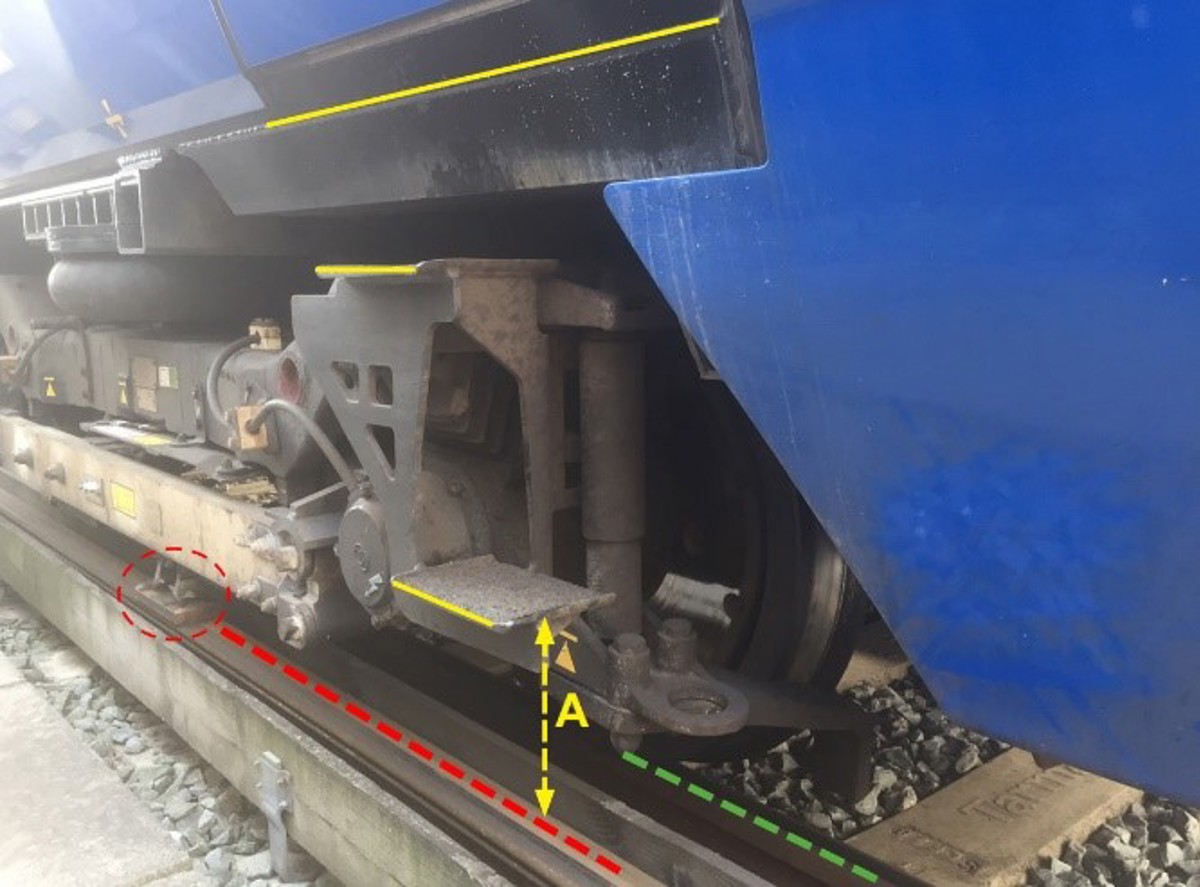Crisis Management: Rail Industry High Potential Near Miss
- Safety Flash
- Published on 14 December 2018
- Generated on 5 January 2026
- IMCA SF 27/18
- 3 minute read
Jump to:
“Thirty centimetres of safety”
The UK Rail Accident Investigation Branch (RAIB) has published its report into the detrainment of passengers onto electrically live track near Peckham Rye station on 7 November 2017.
What happened?
A train with 450 passengers on board failed just outside a railway station during the evening rush hour. The fault on the train had caused the brakes to apply and the driver was unable to release them. The driver took advice over the radio and, following this, began to evacuate the passengers to track level. This involved passengers climbing down vertical steps to ground level, to within 30 centimetres of the live electric conductor rail (750 V direct current), and walking along the side of the line for about 30 metres to the station.

Although no-one was hurt in the incident, the close proximity of the energised conductor rail to the evacuating passengers posed a significant risk of serious harm.
What went wrong? What were the causes?
- Causes identified by the RAIB:
- the train driver was given instructions by control room staff who had misunderstood the actual location of the stranded train (the control room staff thought the train was actually in the station)
- the train driver and the signaller did not reach a clear understanding about the actions that were required to safely detrain the passengers
- the delay caused unrest among the passengers on the train and contributed to stress and task overload of the driver, which affected his decision making
- the driver’s experience and skills did not enable him to cope with these demands, and those responsible for the track did not effectively implement their own procedures for managing an incident involving a stranded train.
- Underlying factors identified:
- railway management and signalling staff were not adequately prepared to manage the incident
- railway industry standards and procedures relating to stranded trains place little emphasis on the need for practical training for those involved.
What lessons were learned?
- The importance of following the correct procedures when preparing for incidents and/or emergencies.
- Ensuring that communications are properly understood.
- Ensuring that details of incidents are promptly and effectively communicated.
Although this safety flash incident is not directly related to the offshore industry, the learnings are central to the way IMCA members do business, in particular with relation to crisis management, dealing with incidents, and with crewing levels, training and competence of staff in a lean market.
The UK Rail Accident Investigation Branch report can be found here.
An article on the incident from London transport website Thirty Centimetres of Safety: An Incident At Peckham Rye - London Reconnections can be found here.
IMCA Safety Flashes summarise key safety matters and incidents, allowing lessons to be more easily learnt for the benefit of the entire offshore industry.
The effectiveness of the IMCA Safety Flash system depends on the industry sharing information and so avoiding repeat incidents. Incidents are classified according to IOGP's Life Saving Rules.
All information is anonymised or sanitised, as appropriate, and warnings for graphic content included where possible.
IMCA makes every effort to ensure both the accuracy and reliability of the information shared, but is not be liable for any guidance and/or recommendation and/or statement herein contained.
The information contained in this document does not fulfil or replace any individual's or Member's legal, regulatory or other duties or obligations in respect of their operations. Individuals and Members remain solely responsible for the safe, lawful and proper conduct of their operations.
Share your safety incidents with IMCA online. Sign-up to receive Safety Flashes straight to your email.